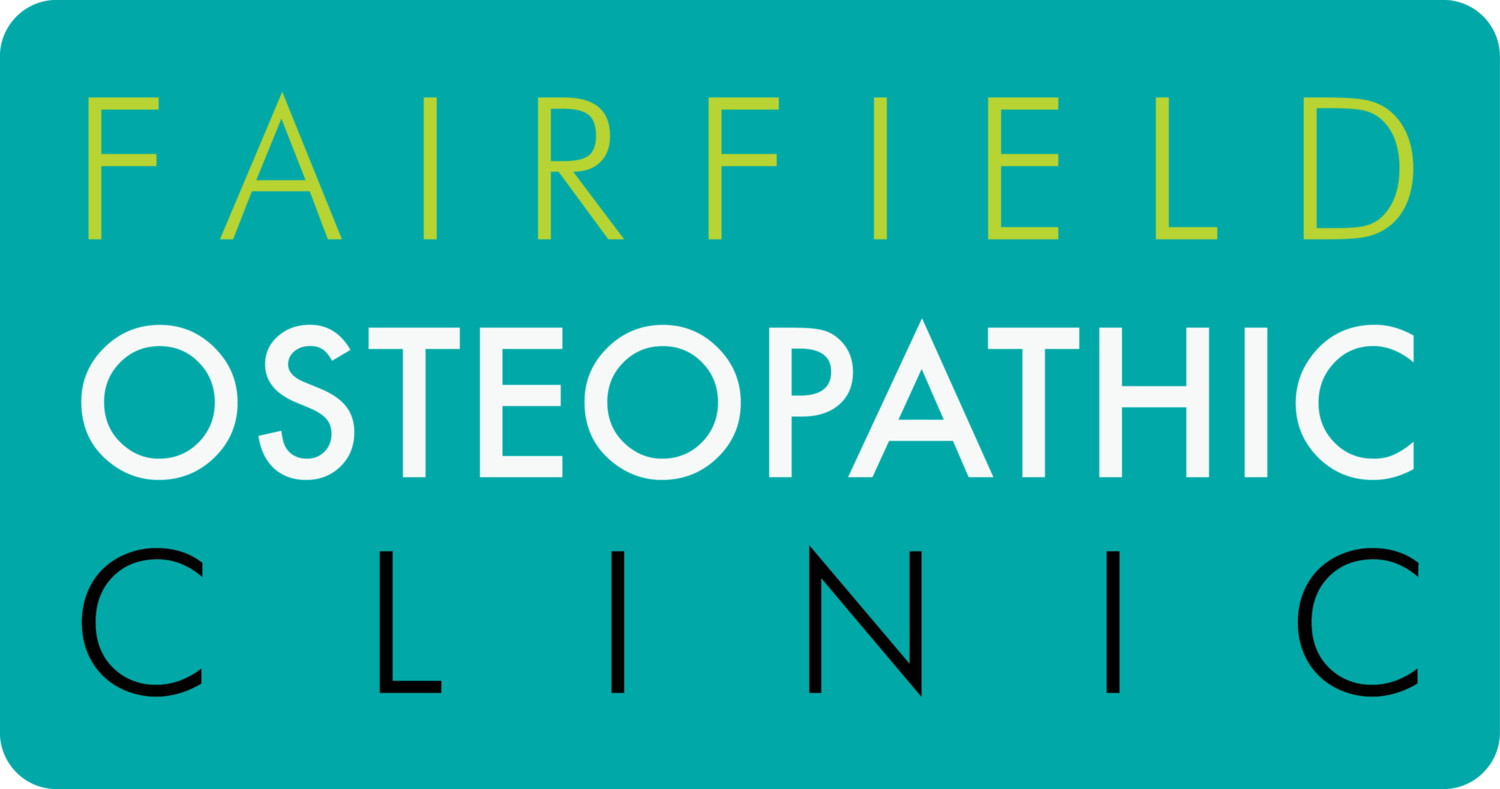HOW LONG UNTIL THIS STOPS HURTING?
Not all pain is caused by tissue damage but there are many occasions when an ‘event' has caused someone to present with pain. Pulling off a tight and sweaty crop top, lifting a heavy pot plant on a weekend clean-out, twisting an ankle during a netball match or landing awkwardly while trying to double bounce your kids on the trampoline.
Four weeks ago, a lovely mid-50s patient kicked a heavy box (that wasn't there before) on a night time bathroom break. She had an x-ray the next day and there was no indication of a fracture and now she is presenting with pain in her toe joint one month later. She is worried the toe may be fractured and the x-ray missed it and now her pain seems to expanding into other areas of her foot.
As students we all learn about how long a tissue injury may take to heal. But this information is infrequently passed on to the patients and I don't think we should underestimate the benefit in learning how long something might take to feel better. It is one of the active ingredients in therapeutic care that we can provide to patients with pain, along with reassurance. Sometimes people don't want to hear that healing and resolution will take 'time' but I'm afraid that's one of the first things we need to accept.
As an absolute minimum these are some common timelines for Tissue Healing:
Muscle Tear: between 2-12 weeks depending on the severity
Acute Tendinopathy: 4+ weeks
Degenerative Tendinopathy: 8+ weeks
Ligament: Between 2-12 weeks depending on the severity (and 12+ weeks if you've had surgical repair)
Internal Disc Derangement: 8+ weeks depending on severity and location
Bone fracture: 8+ weeks (depending on severity)
Bone bruising: 8+ weeks
Most Cartilage injuries: 4+ weeks
Bursa: 2-6 weeks (or on and on and on) depending on severity
Things that will impact tissue healing times (for better or for worse):
- Underlying bony change (age related or previous injury)
- Anti-inflammatories
- Progressing exercise too fast
- No exercise
- Sitting on your butt 9 hours per day
- Eating great or crap food
- Drinking alcohol
- Drinking caffeine
- Drinking sugary drinks
- Age
- Occupation
- Values (have you got a big game to play?)
- Beliefs (your father thinks you're weak)
- Sleep or lack of...
- Stress
Keep in mind we are talking about tissue healing times here and this is something completely different from whether you are experiencing pain or whether you have terrific or terrible function (read this entry here for more on the complexity of pain).
Back to our lovely mid-50s lady with sore toe. Potentially, when she kicked her toe into the heavy box, she didn't fracture the long bone but compressed the ends of two bones into each other essentially bruising the bone. This bruised bone takes a lot longer to heal than a bruise to the skin and the soft tissue just below it and this means it may also hurt for longer.
Finally, walking around with that sore toe can mean you may start to move through your foot differently avoiding the sore joint. You might weight bear more on the foot that doesn't hurt. Your whole body is invested in reducing the pain in your foot and so adapts to give your poor old toe the time and space to heal and recover. Learning about this can help your anxiety around your sore toe and even reduce pain levels. And of course manual and physical therapy provided by the Osteopaths at Fairfield Osteopathic Clinic can certainly diagnose, treat and provide education and advice to help reduce your pain and your anxiety about 'how long until this stops hurting'.
To make an appointment book online or call 9489 0981

